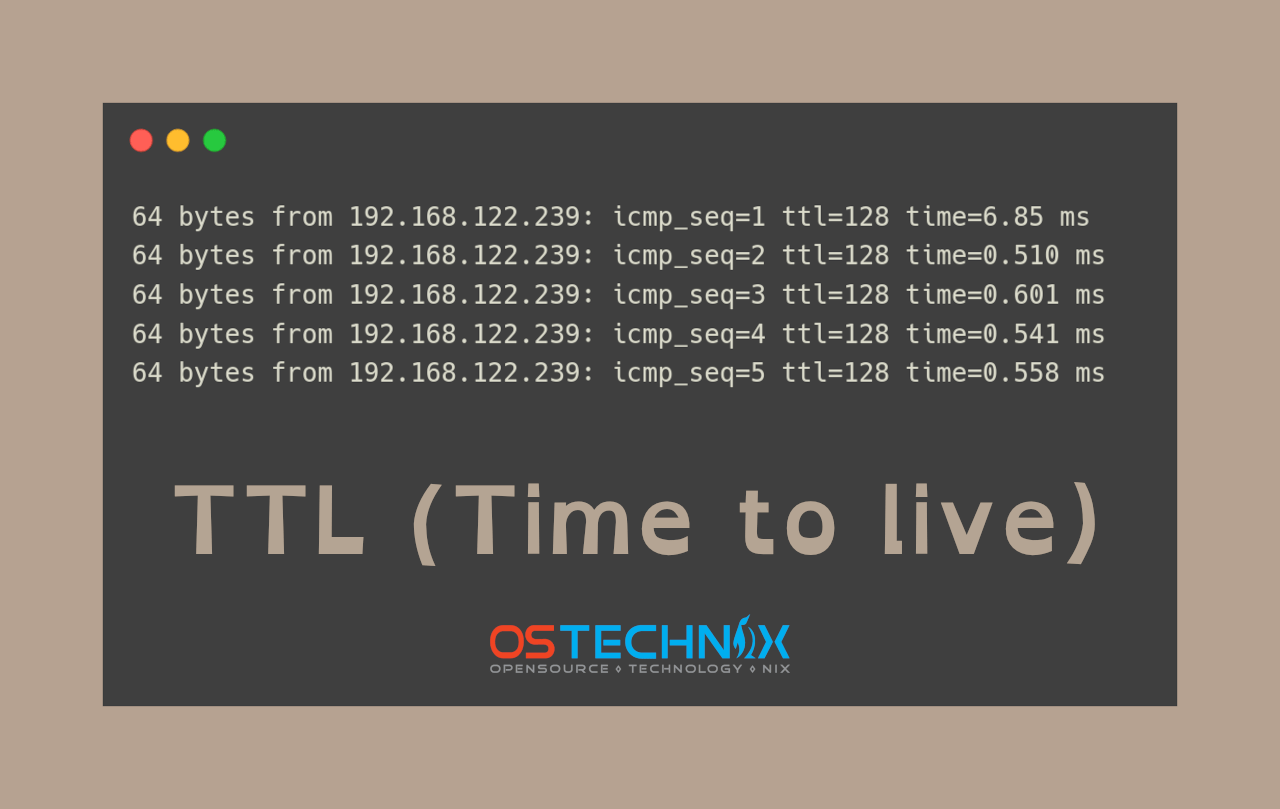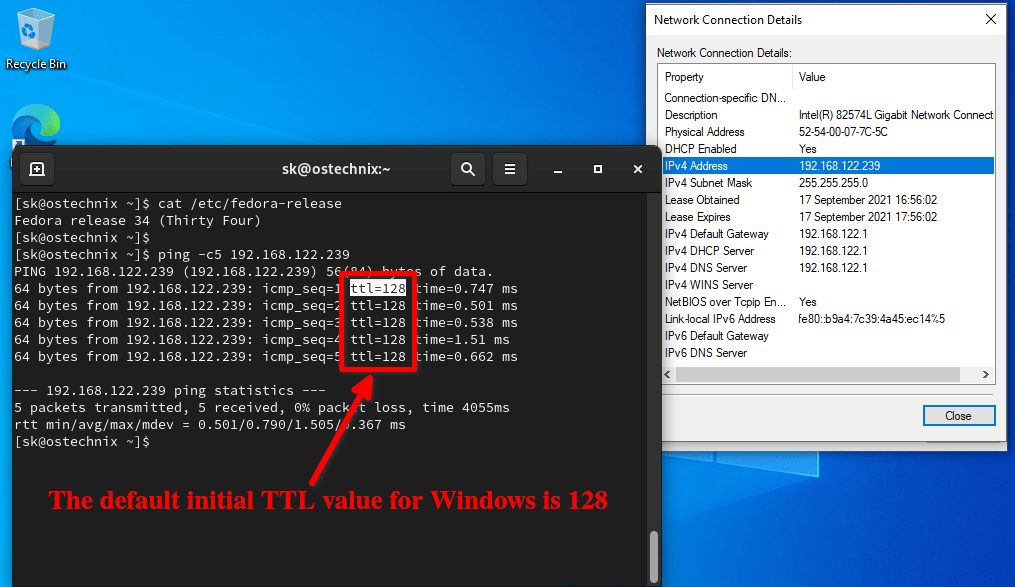TTL Value FAQ: Everything You Need To Know About DNS TTL
Hey there, tech enthusiasts and DNS geeks! Ever wondered about those mysterious TTL values in the DNS world? If you’re scratching your head or simply curious about how TTL affects your website performance, you’ve come to the right place. Today, we’re diving deep into the world of TTL values, answering all your FAQs, and shedding light on the nitty-gritty details. So, buckle up and let’s get started!
First things first, let’s break it down for you. TTL stands for "Time To Live," and it's like the timer that dictates how long DNS records are stored in a resolver’s cache. This little number can make or break your website’s performance, so understanding it is crucial if you want to keep your site running smoothly.
Now, why should you care? Well, whether you're a website owner, developer, or just someone fascinated by the inner workings of the internet, TTL values play a significant role in how fast and reliable your online presence is. So, stick around, and let’s explore everything you need to know about TTL!
Read also:Miaz Vs Girthmaster A Comprehensive Comparison And Analysis
What is TTL Value in DNS?
Alright, let’s get technical but not too nerdy, okay? TTL, or Time To Live, is essentially a countdown timer that tells DNS resolvers how long they can keep a specific DNS record in their cache before they have to fetch a fresh copy from the authoritative DNS server. Think of it like the expiration date on your milk—once it hits zero, it’s time to refresh!
Why does this matter? Because the longer the TTL value, the longer the DNS resolver holds onto that cached record, which can speed up future requests. But hold up—there’s a catch. If your DNS records change frequently, a long TTL could mean outdated info sticking around longer than it should. So, it’s all about finding the sweet spot.
How Does TTL Work in Practice?
Let’s say you visit a website for the first time. Your device asks a DNS resolver for the IP address of that site. The resolver checks its cache and, if it doesn’t have the info, it fetches it from the authoritative DNS server. Here’s where TTL comes in: the resolver stores that info for the duration of the TTL value. Next time you visit the site within that time frame, it pulls the info from its cache instead of making another trip to the DNS server. Cool, right?
Why is TTL Value Important?
TTL value is like the unsung hero of DNS performance. It impacts two major things: speed and reliability. A shorter TTL ensures your DNS records are always up-to-date, which is great if you’re making frequent changes. But it also means more frequent trips to the DNS server, which can slow things down. On the flip side, a longer TTL speeds up access by reducing the number of queries, but it might lead to stale data if changes aren’t reflected quickly enough.
So, it’s all about balance. You want your TTL to be long enough to keep things snappy but short enough to stay current. Finding that balance depends on your specific needs and how often your DNS records change.
Common TTL Value FAQ
Now, let’s tackle some of the most common questions about TTL values. Whether you’re a newbie or a seasoned pro, these FAQs should clear up any confusion.
Read also:Revolutionizing Connectivity Remoteiot Device Solution
What is a Good TTL Value?
Well, that depends on your situation. For most websites, a TTL value between 300 seconds (5 minutes) and 86,400 seconds (24 hours) works well. If you’re making frequent changes to your DNS records, go for a shorter TTL. If your records rarely change, you can afford to go longer.
Can TTL Values Be Too Long?
Yes, they can. A super long TTL might save on query traffic, but it also means any updates to your DNS records won’t propagate as quickly. This can lead to outdated info being served to users, which isn’t ideal if you’re moving servers or making other critical changes.
What Happens When TTL Expires?
When the TTL timer hits zero, the DNS resolver knows it’s time to fetch a fresh copy of the DNS record from the authoritative server. This ensures the info stays current and accurate. It’s like hitting refresh on your browser to get the latest version of a webpage.
TTL Best Practices
Now that you know what TTL is and why it matters, let’s talk about how to use it effectively. Here are some best practices to keep in mind:
- Set a reasonable TTL based on how often your DNS records change.
- Use shorter TTLs during DNS migrations or when making frequent updates.
- Monitor your DNS performance to see how different TTL values affect speed and reliability.
- Test different TTL settings to find the optimal balance for your specific needs.
How to Check Your Current TTL Value
Curious about your site’s current TTL? You can check it using tools like dig or nslookup. Just open your terminal or command prompt and type:
dig yourdomain.com
Look for the TTL value in the output. It’s usually listed under the ANSWER SECTION. Easy peasy!
Impact of TTL on Website Performance
TTL has a big impact on how fast your website loads. A well-tuned TTL can reduce latency by minimizing the number of DNS queries needed. This means faster load times for your visitors, which is always a good thing. On the flip side, a poorly configured TTL can lead to slow load times or even downtime if changes aren’t propagated quickly enough.
How TTL Affects DNS Propagation
DNS propagation is the process of updating DNS records across all resolvers worldwide. A shorter TTL speeds up this process, ensuring changes are reflected more quickly. But again, it comes at the cost of increased query traffic. It’s all about finding that sweet spot for your specific situation.
TTL Value and Security
While TTL primarily affects performance, it can also have security implications. A longer TTL can make your site more vulnerable to DNS hijacking or cache poisoning, as outdated or malicious records might stick around longer. So, while you’re optimizing for speed, don’t forget to keep security in mind.
Can TTL Help Prevent DDoS Attacks?
Not directly, but a well-configured TTL can reduce the load on your DNS servers by minimizing the number of queries. This can help mitigate some of the effects of a DDoS attack by ensuring your DNS infrastructure isn’t overwhelmed with requests.
Advanced TTL Techniques
If you’re ready to take your TTL game to the next level, here are a few advanced techniques to consider:
- Use split-horizon DNS to set different TTL values for internal and external queries.
- Implement DNS load balancing to distribute traffic more efficiently.
- Monitor DNS performance metrics to fine-tune your TTL settings over time.
TTL and CDN Integration
Using a Content Delivery Network (CDN) can further enhance the benefits of a well-configured TTL. CDNs cache content closer to your users, reducing latency even further. By combining a smart TTL strategy with CDN caching, you can create a super-fast and reliable user experience.
TTL Value Troubleshooting
Even the best-laid plans can go awry. If you’re having issues with your TTL values, here are a few troubleshooting tips:
- Double-check your DNS settings to ensure TTL values are set correctly.
- Monitor DNS query logs to identify any unusual patterns or errors.
- Test different TTL values to see if they improve performance or resolve issues.
Common TTL Issues and Solutions
Some common TTL-related issues include slow propagation, outdated records, and excessive query traffic. Solutions might involve adjusting your TTL values, optimizing your DNS setup, or switching to a more reliable DNS provider.
Conclusion
So, there you have it—everything you need to know about TTL values and how they impact your website’s performance. Whether you’re tweaking your DNS settings or troubleshooting issues, understanding TTL is key to keeping your site running smoothly.
Now, it’s your turn to take action! Check your current TTL values, experiment with different settings, and see how they affect your site’s speed and reliability. And don’t forget to share your experiences in the comments below or hit me up on socials. Let’s keep the conversation going!
Oh, and if you found this article helpful, be sure to check out our other posts on all things tech and DNS. There’s always more to learn, and we’re here to help you every step of the way!
Table of Contents
- TTL Value FAQ: Everything You Need to Know About DNS TTL
- What is TTL Value in DNS?
- How Does TTL Work in Practice?
- Why is TTL Value Important?
- Common TTL Value FAQ
- TTL Best Practices
- How to Check Your Current TTL Value
- Impact of TTL on Website Performance
- TTL Value and Security
- Advanced TTL Techniques
- TTL Value Troubleshooting
- Conclusion


